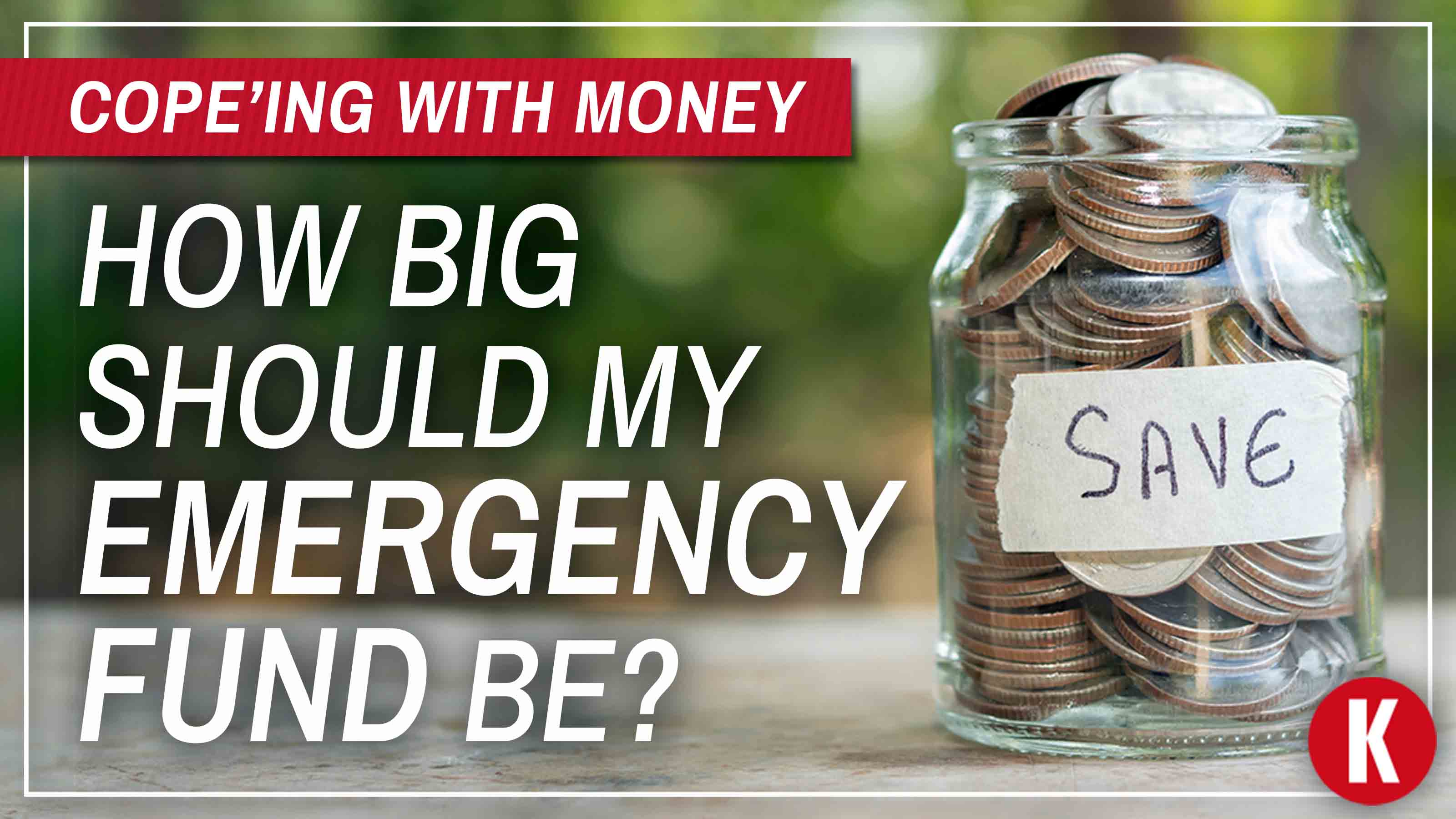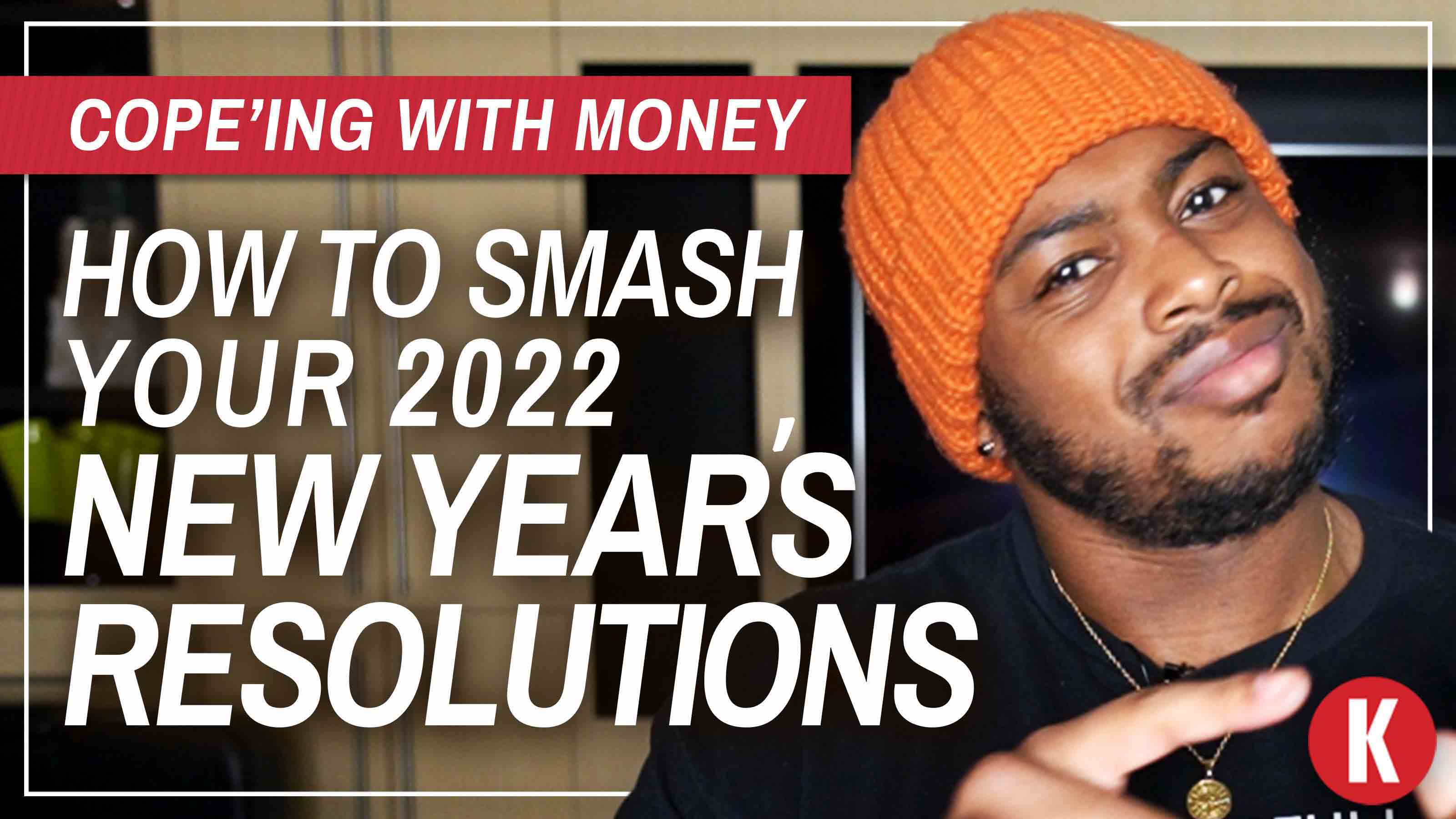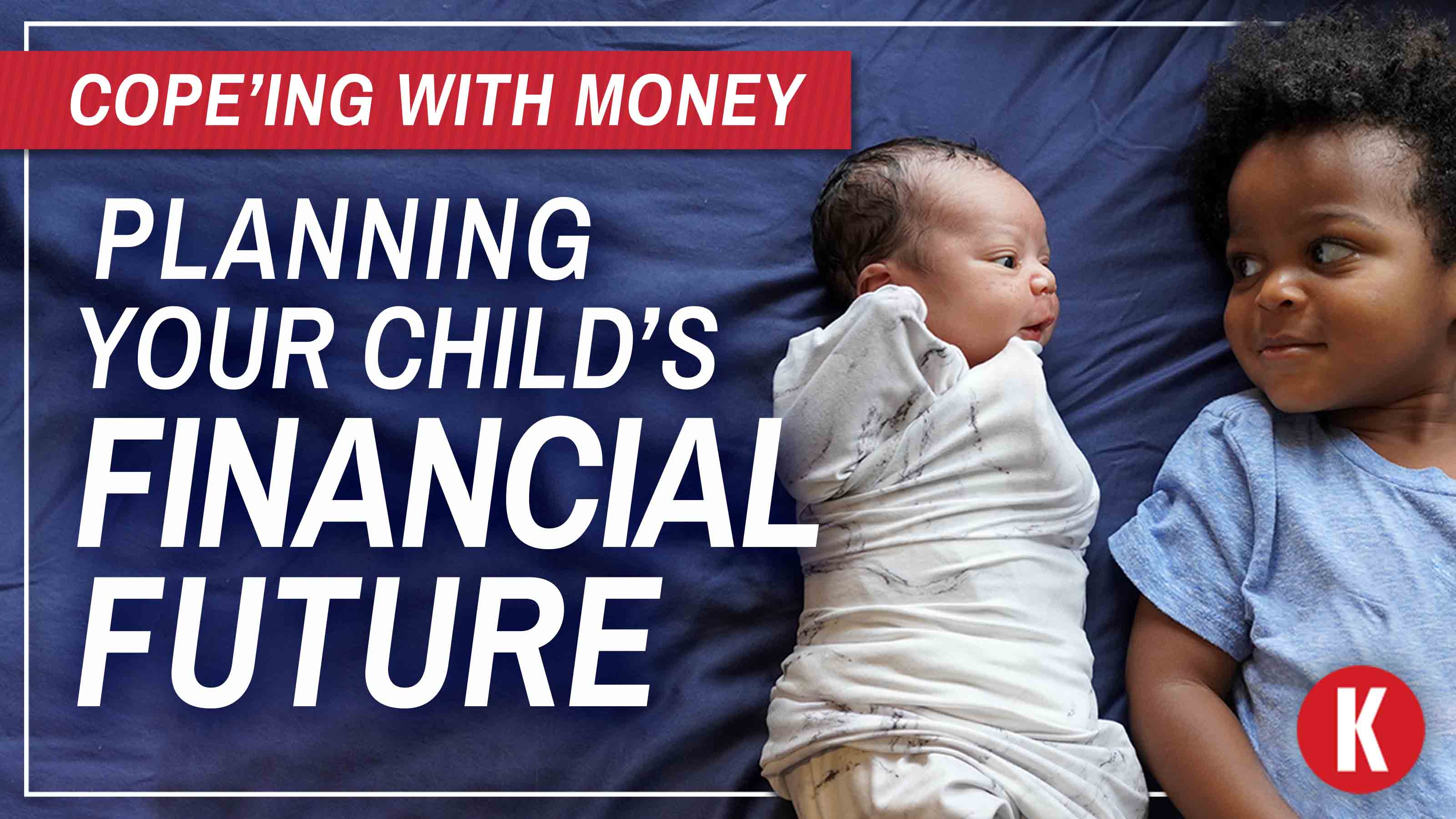Save Money Without Looking Like a Cheapskate
We share the secrets of getting what you want for less without appearing cheap.

Doing anything to save a buck can backfire. The shoddy products you bought simply because they’re cheap probably won’t work well or last very long. Ultimately, that’s a waste of money. And holding up the checkout line while you search for the coupons you clipped this morning can earn some angry stares from fellow shoppers. Even thrifty people care about appearances.
We’ve come up with three ways for you to save on the stuff you need without looking like a cheapskate:
Buy used
Low-quality products, even when brand new, often look cheap. And if they aren’t well made, you’ll have to replace them often, which will erase any savings you might have scored. If higher quality products are out of your price range, though, consider buying pre-owned items to save 50% or more off the original retail price. A good example is quality furniture, which can be purchased second-hand at estate sales and consignment shops.

Sign up for Kiplinger’s Free E-Newsletters
Profit and prosper with the best of expert advice on investing, taxes, retirement, personal finance and more - straight to your e-mail.
Profit and prosper with the best of expert advice - straight to your e-mail.
Shop online
You don’t have to feel self-conscious about using coupons or buying only what’s on clearance when you shop online. In fact, it’s often easier to save money on your purchases when you do your shopping on the Internet. There are Web sites that can help you compare prices and find the best deals, such as DealNews.com. There are even sites you can use to find coupon codes to enter at checkout to score instant discounts including RetailMeNot.com. Try it from the privacy of your home or your smartphone, and no one will be the wiser.
Time your purchases
If haggling makes you feel like a cheapskate, you can save money instead by timing your purchases right. The payoff from using this strategy will be especially big when you buy big-ticket items. For example, you can save 30% or more on laptop computers just by waiting until back-to-school sales in August and September. Name-brand TVs tend to be cheapest in January and February. And wedding dresses often go on sale in early December.
To learn more ways to save without looking cheap, check out our special report on smart buying.
Get Kiplinger Today newsletter — free
Profit and prosper with the best of Kiplinger's advice on investing, taxes, retirement, personal finance and much more. Delivered daily. Enter your email in the box and click Sign Me Up.

Browne Taylor joined Kiplinger in 2011 and was a channel editor for Kiplinger.com covering living and family finance topics. She previously worked at the Washington Post as a Web producer in the Style section and prior to that covered the Jobs, Cars and Real Estate sections. She earned a BA in journalism from Howard University in Washington, D.C. She is Director of Member Services, at the National Association of Home Builders.
-
 Stock Market Today: Stocks Soar on China Trade Talk Hopes
Stock Market Today: Stocks Soar on China Trade Talk HopesTreasury Secretary Bessent said current U.S.-China trade relations are unsustainable and signaled hopes for negotiations.
By Karee Venema
-
 2026 Disney Dining Plan Returns: Free Dining for Kids & Resort Benefits
2026 Disney Dining Plan Returns: Free Dining for Kids & Resort BenefitsPlan your 2026 Walt Disney World vacation now. Learn about the returning Disney Dining Plan, how kids aged three to nine eat free, and the exclusive benefits of staying at a Disney Resort hotel.
By Carla Ayers
-
 How Big Should My Emergency Fund Be?
How Big Should My Emergency Fund Be?Feature NFL linebacker and Kiplinger contributing editor Brandon Copeland discusses the importance of building an emergency fund.
By Brandon Copeland
-
 Homeowners Insurance: How to Protect Your Home
Homeowners Insurance: How to Protect Your HomeBrandon Copeland NFL linebacker and Kiplinger contributing editor Brandon Copeland discusses the ins and outs of homeowners insurance.
By Brandon Copeland
-
 The "Real" Cost of Buying a Car
The "Real" Cost of Buying a CarFeature Atlanta Falcons linebacker and Kiplinger contributing editor Brandon Copeland illustrates how car prices are far more than meets the eye.
By Brandon Copeland
-
 How to Plan a Budget-Friendly Family Vacation
How to Plan a Budget-Friendly Family VacationBrandon Copeland Atlanta Falcons linebacker and Kiplinger contributing editor Brandon Copeland provides tips on how to go on vacation without breaking the bank.
By Brandon Copeland
-
 The Great Resignation: How to Quit Your Job With Confidence
The Great Resignation: How to Quit Your Job With ConfidenceBrandon Copeland Atlanta Falcons linebacker and Kiplinger contributing editor Brandon Copeland provides tips on how to properly quit your job and upgrade your career.
By Brandon Copeland
-
 How to Achieve Your 2022 New Year's Resolutions
How to Achieve Your 2022 New Year's ResolutionsBrandon Copeland You've already made your New Year's resolutions. Atlanta Falcons linebacker and Kiplinger contributing editor Brandon Copeland explains how you can stick with them and accomplish them.
By Brandon Copeland
-
 Santa's End-of-the-Year Finance Tips
Santa's End-of-the-Year Finance TipsFeature Atlanta Falcons linebacker and Kiplinger contributing editor Brandon Copeland shares a few ways you can improve your finances before 2022 gets here.
By Brandon Copeland
-
 Planning Your Child's Financial Future
Planning Your Child's Financial FutureFeature Atlanta Falcons linebacker and Kiplinger contributing editor Brandon Copeland talks about ways to set your child up with a strong financial foundation.
By Brandon Copeland